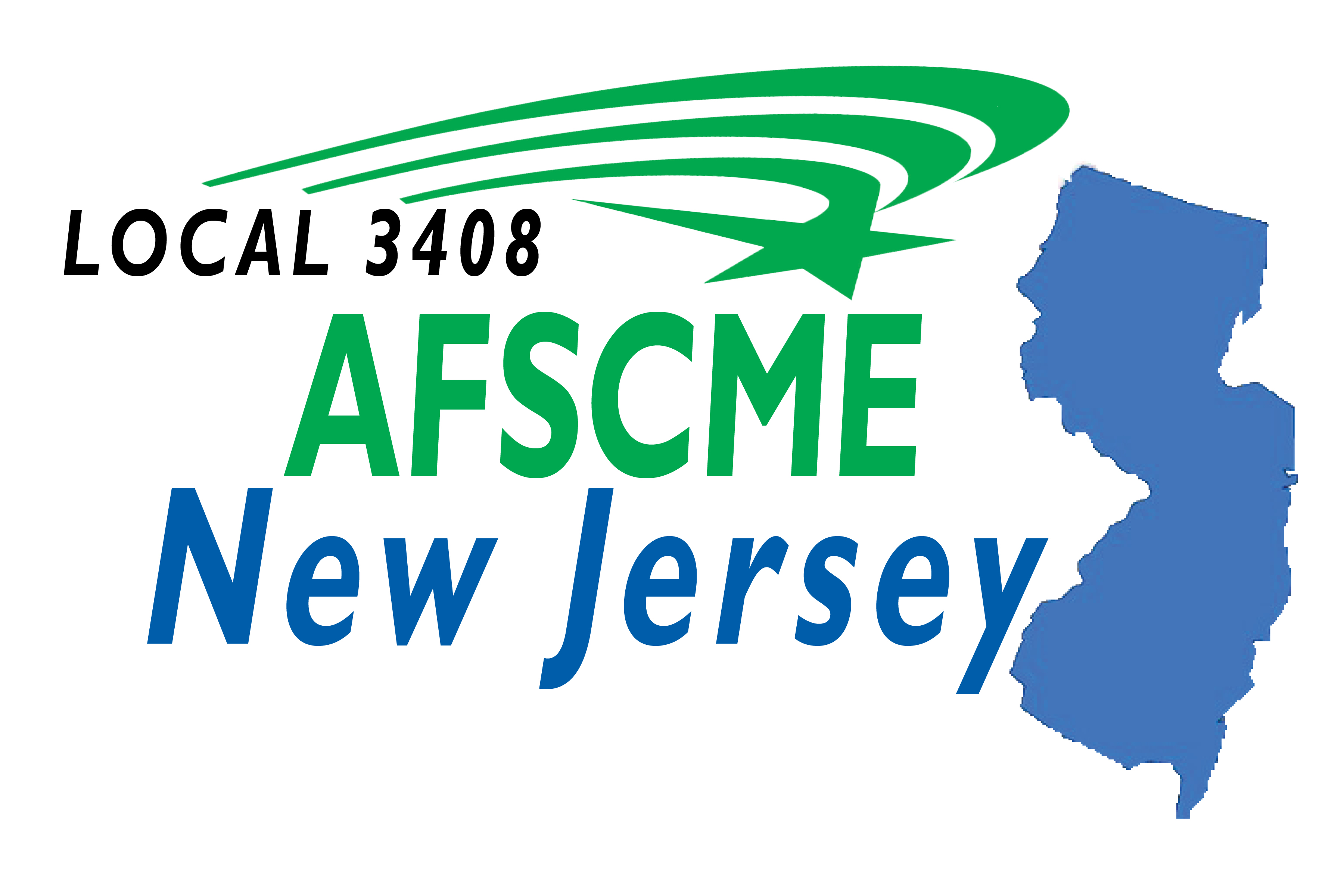Better wages. Check. Better working conditions. Check. And, thanks to unions, we now know there is also a union difference for workers who have access to critical benefits like paid parental leave.
According to recent data from the U.S. Bureau of Labor Statistics, only 17 percent of all U.S. workers have access to paid family leave.
A new Vanderbilt University study shows that union workers are more likely to use paid parental leave than non-union workers who also have access to paid leave. The study’s researchers found that a variety of key factors influence whether workers take paid parental leave for which they are eligible. These include Availability, Awareness, Affordability and Assurance.
These Fours A’s are all factors that unions help deliver:
- AVAILABILITY: Union members negotiate paid parental leave in their contracts. AFSCME Council 5 in Minnesota recently secured six weeks of paid parental leave for more than 15,000 state employees, a benefit that will offer parents priceless time to bond with newborn and adopted children.
- AWARENESS: Union members get the word out about the availability of this important benefit through meetings, newsletters, websites, and workshops.
- AFFORDABILITY: Union members make sure the wages are adequate—and that taking leave doesn’t leave families financially strapped.
- ASSURANCE: Unions make sure that taking paid parental leave will not result in negative consequences in the workplace—and we take a hard line if retaliation occurs when workers return from leave.
Currently, only four states (California, New Jersey, Rhode Island, and New York) have guaranteed paid leave programs in place—and even there, a startling number of workers are unaware of these programs. In fact, in a recent study, only about half of surveyed Rhode Island employees who were eligible for the state’s paid family leave program knew it existed. Massachusetts, Washington state and the District of Columbia have adopted new paid family leave programs scheduled to take effect in the next two years.
So, who is covered by these programs? New Jersey and Washington are the only states providing paid leave to both public and private sector workers. Massachusetts will cover both private and state workers, with local governments having the right to opt in. Washington, D.C.’s program is limited to private sector workers. Rhode Island primarily covers private sector workers, but state and local governments can opt in. In California and New York, private sector workers are covered, with unionized public employees able to gain the benefit of the program through collective bargaining.
This is progress, but we need to go further. More lawmakers around the country can and should lead on this front, because paid leave benefits not only workers and families, but employers too. Women who take paid parental leave are more likely to still be working a year after their child’s birth (and are 54% more likely to report wage increases in that year) than those who did not take paid parental leave. For employers, this means being able to attract and retain a quality workforce.
The long-term goal is for all workers—union and non-union, public and private sector—to have access to paid family leave. This is one of the issues AFSCME looks at in evaluating support for candidates and elected officials.
With this year’s historic midterm elections just around the corner, AFSCME members are heading to the polls in record numbers to ensure we elect officials who put critical issues—such as paid parental leave—at the top of their agenda.

